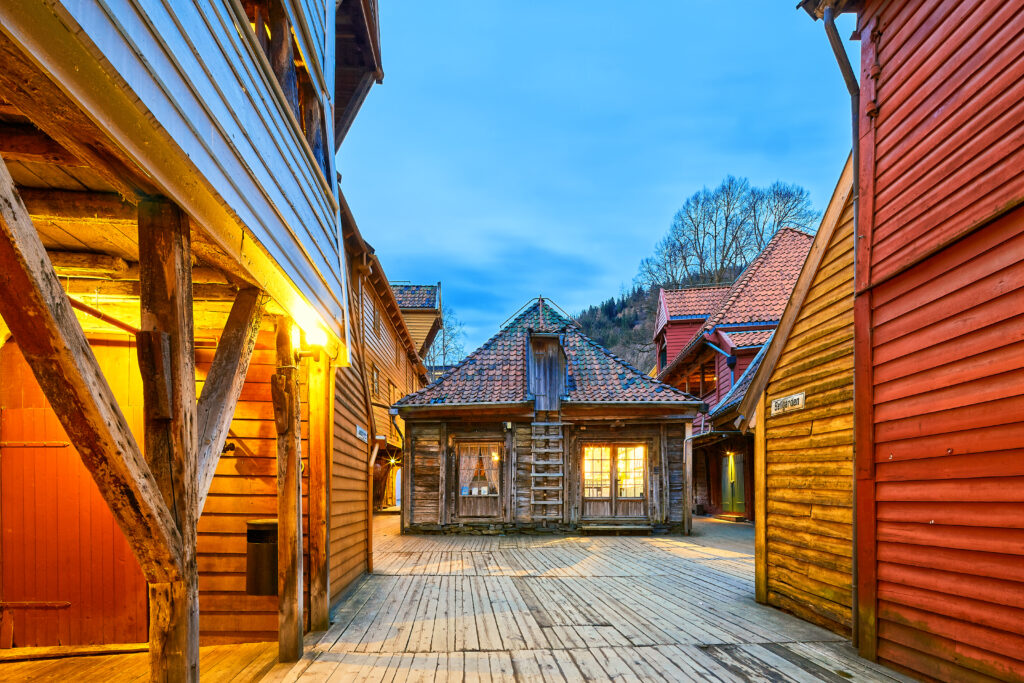Why Eating Local Matters
Food is at the heart of European culture. Every region has its own flavors, shaped by landscapes, traditions and the seasons. Choosing local and seasonal foods supports small farmers and family businesses, reduces transport emissions and protects culinary heritage. It also unlocks meals that are fresher, tastier and more authentic. For travelers who want to travel responsibly in Europe, eating locally and seasonally is one of the easiest and most enjoyable steps you can take.
Research and Follow the Locals
A little research goes a long way. Before you travel, look up regional specialties and find out what produce is in season. In Rome, you might plan around spring artichokes; in Bavaria, autumn beer festivals pair perfectly with local pretzels and sausages. Once you arrive, watch what locals are eating and where. Restaurants full of residents are more likely to serve authentic dishes than tourist-focused spots. Family-run tavernas, trattorias or bistros may use recipes passed down through generations, giving you a meal and a story in one.
Visit Markets and Independent Shops
Farmers’ markets and small shops are perfect places to discover seasonal foods. Stalls are piled high with fresh fruit, vegetables, cheese, bread and fish, often produced just a few miles away. Talking to vendors gives you insight into local traditions and farming methods. Independent grocers and delis may stock regional specialties that you might not find in supermarkets. Shopping here turns a meal into cultural exploration, connecting you directly to the community.
Trust Labels and Certifications
Not every local specialty is automatically sustainable, but labels help you choose responsibly. The EU organic leaf certifies that food has been produced to strict environmental standards. The blue MSC logo identifies sustainably sourced seafood. Fairtrade ensures producers are treated fairly. PDO (Protected Designation of Origin) and PGI (Protected Geographical Indication) labels protect traditional foods, from Italian Parmigiano-Reggiano to Greek feta. These certifications give confidence that your food is authentic and responsibly produced.


Savor Seasonal Delights
Europe’s seasons shape its cuisine. In spring, Germany celebrates Spargelzeit with white asparagus dishes. In Spain, the Jerte Valley fills with ripe cherries in early summer. Sweden’s forests offer chanterelle mushrooms in late summer. Autumn in Italy brings truffle fairs in Alba, where prized white truffles are auctioned. Winter in France is oyster season in Arcachon Bay, enjoyed with crisp white wine. Visiting local markets like Paris’s Marché des Enfants Rouges, Florence’s Mercato Centrale, Stockholm’s Östermalms Saluhall or Kraków’s Stary Kleparz immerses you in these traditions.
Eat Light, Waste Less
Eating responsibly also means reducing waste. Ordering smaller portions, sharing plates or opting for tasting menus lets you enjoy more dishes with fewer leftovers. Trying local snacks and street food is another way to sample without excess. Simple habits add up to more responsible dining.
Unlock Flavor and Responsibility
Eating local and seasonal is more than a culinary choice; it’s a way to discover authentic flavors that connect you with people, landscapes and traditions – supporting communities and preserving the environment. It turns travel into a richer and more satisfying experience, where what’s on your plate becomes part of your journey, feeding both memory and place.






